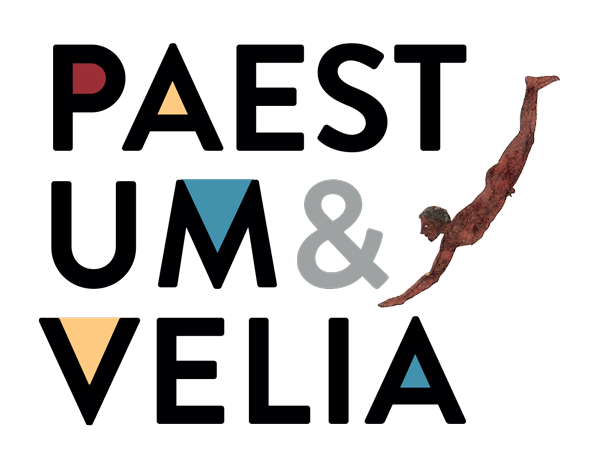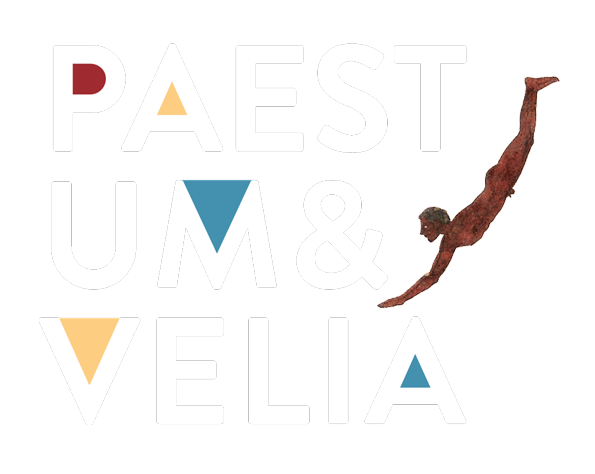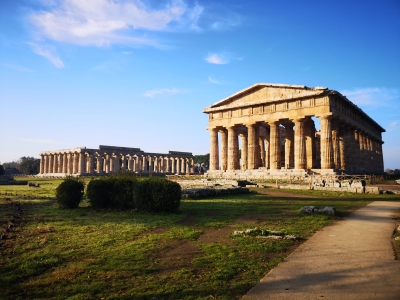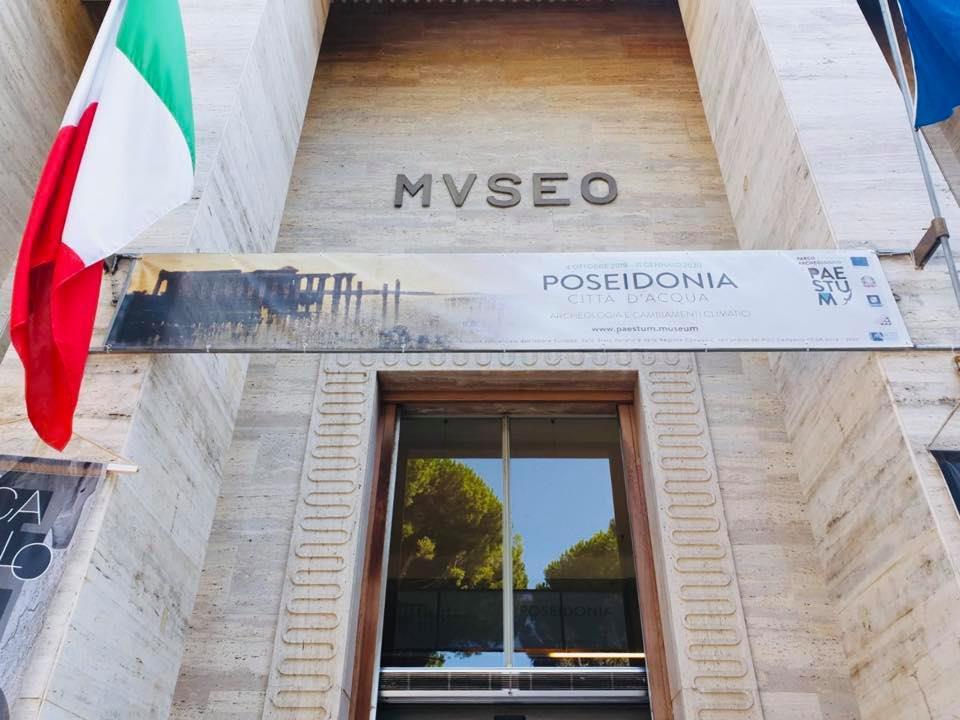

ear Readers,
We will discuss here some of the things we (still) don’t know about Paestum which we would like to find out more about. Although Paestum is generally considered the best-known city in Magna Graecia, the site still poses many conundrums for archaeologists, architects and historians. This month’s column is written by Daniele Rossetti, an archaeologist at the Archaeological park of Paestum.
Panem et circenses (bread and circuses); circuses and gladiatorial contests were crucially important to the ancient Romans.
The sound of weapons in the arena of the amphitheatre attracted great crowds and the roars and screams of the spectators in the stands filled the air.
While it is true that the first gladiators fought in Rome, the origins of the games go back even further. In the towns and cities of ancient Campania, entertainments featuring duels and fights were staged before the Roman conquest for the ceremonies held to mark the death of leading figures.
Paestum is the site with the clearest traces of the history of the gladiatorial games.
The numerous painted tombs, made by the Lucanians in the fourth century BC, often depict scenes of boxing, duels and fights between armed men. The number of the depictions and the variety of the designs on the slabs reflect the popularity of the motif at Paestum.
There are scenes of naked boxers engaged in hand-to-hand combat, with their hands covered just with bandaging rather like boxing gloves; combatants fight ferociously, wearing full armour, holding swords or spears and defending themselves with shields, accompanied by musicians and various other characters.
But besides the realism and the wealth of detail, the most striking aspect of these scenes is the harshness and cruelty depicted in these duels. The myriad details, such as the blood gushing from the wounds of the fighters and the brutality of the blows inflicted provide the most direct evidence of the transition from depictions of heroic duels to fights as spectacles, the precursors of the gladiatorial games that would play such an important role in the Roman world.






